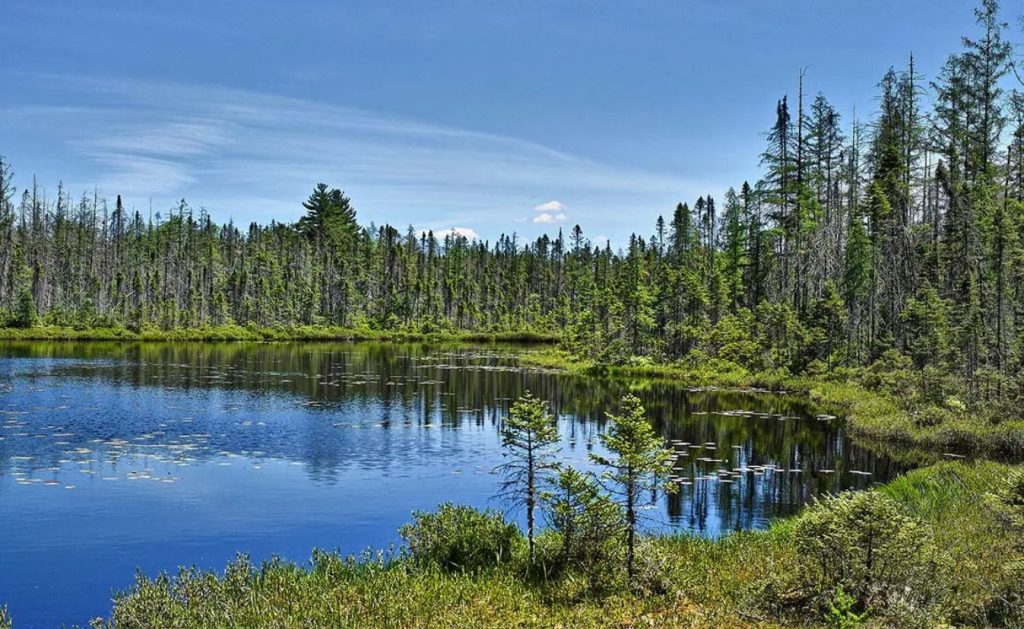Trench Metals defines three target zones at Higginson uranium project, Saskatchewan

Trench Metals Corp. [TMC-TSXV; NVTQD-OTC; 33H2-FSE] reported the interpretation results obtained from the Sentinel-2 visible/near-infrared (VNIR) and short-wave infrared (SWIR) satellite study conducted over the company’s Higginson Lake uranium project in Northern Saskatchewan.
This comprehensive study, which incorporated multiple datasets including hydrogen, helium, and methane emissions, successfully identified three distinct target zones displaying a strong correlation with historic radioactive deposits, samples from the 2022 program, and helium gas emissions. These findings provide valuable guidance for the company’s exploration efforts and contribute to the development of a deposition model.
The satellite study unveiled three significant target zones, each associated with specific geological units and exhibiting compelling indicators of uranium mineralization. The key findings are as follows:
Zone 1: This crescent-shaped zone extends over 5 km and is linked to a pelitic unit. Zone 1 encompasses all anomalous uranium samples discovered during the 2022 program and extends towards the Killoran Lake trenches to the west. The strong correlation between the observed radioactive deposits, historical data, and the satellite imagery further validates the potential of Zone 1.
Zone 2: This ovoid zone, with a diameter of approximately 2 km, is associated with a granitic intrusive body. Zone 2 encompasses the Corrigan Lake showing, along with several notable high-grade samples. The satellite study highlights the strong relationship between Zone 2 and uranium mineralization, providing compelling evidence for further exploration.
Zone 3: Spanning an ovoid area with a diameter of roughly 1 km, Zone 3 is also related to a granitic intrusive body. Zone 3 encompasses the Higginson U-3c Lake showing, reinforcing the presence of uranium mineralization within this specific geological unit.
The identification of these three distinct target zones is a significant milestone for the company. The correlation between the satellite study’s findings, historical data, radioactive samples from the 2022 program, and helium gas emissions strengthens the company’s confidence in the potential mineralization at the Higginson Lake Uranium Project.
These large-scale trends identified by the satellite study will serve as a guide for the 2023 exploration team, directing their efforts towards extending the mineralized trends within the project area. The insights gained from this study will enhance the efficiency and effectiveness of the upcoming field program, enabling the Company to maximize the project’s potential.
Moreover, the study has provided crucial empirical evidence that will be instrumental in developing a deposition model for the Higginson Lake Uranium Project. Understanding the geological controls and characteristics of the identified target zones is vital for the Company’s future exploration and development strategies.
“We are pleased with the results of the satellite study, as they have validated our geological hypotheses and confirm the potential of the Higginson Lake Uranium Project,” stated Simon Cheng, president. “The identification of these target zones, supported by the correlation with historic data, 2022 sampling results, and helium gas emissions, provides us with a strong foundation for our exploration activities. We look forward to leveraging these findings in the upcoming field program and advancing our understanding of the project’s mineralization potential.”
Trench Metals can acquire a 100% interest in two prospective uranium project in Saskatchewan’s Athabasca Uranium district. The Higginson Lake Uranium Project, which covers an area of approximately 5,900 hectares and is 52 km northeast of the town of Stony Rapids, is accessible by Highway 905 and 964. The Higginson Lake Uranium Project host two historic drill indicated reserves, totaling 4,800,000 lbs of U308. The Gorilla Lake Uranium Project which comprises of nearly 7000 hectares in the Northern Mining District of Saskatchewan near the Shea Creek uranium deposit.
